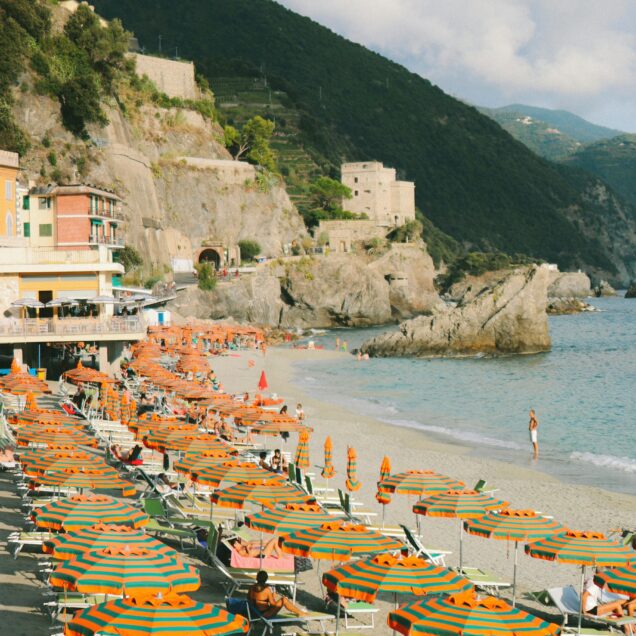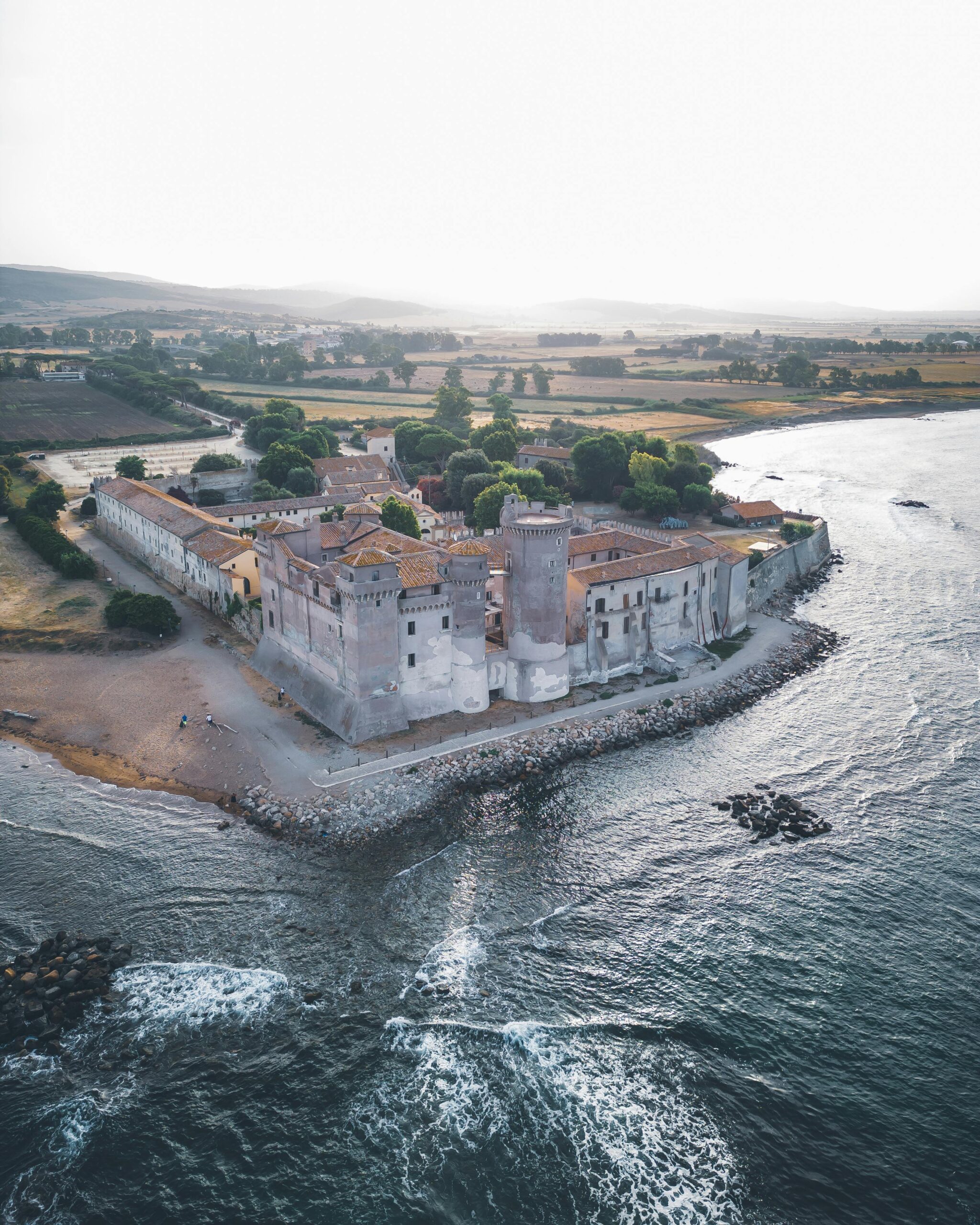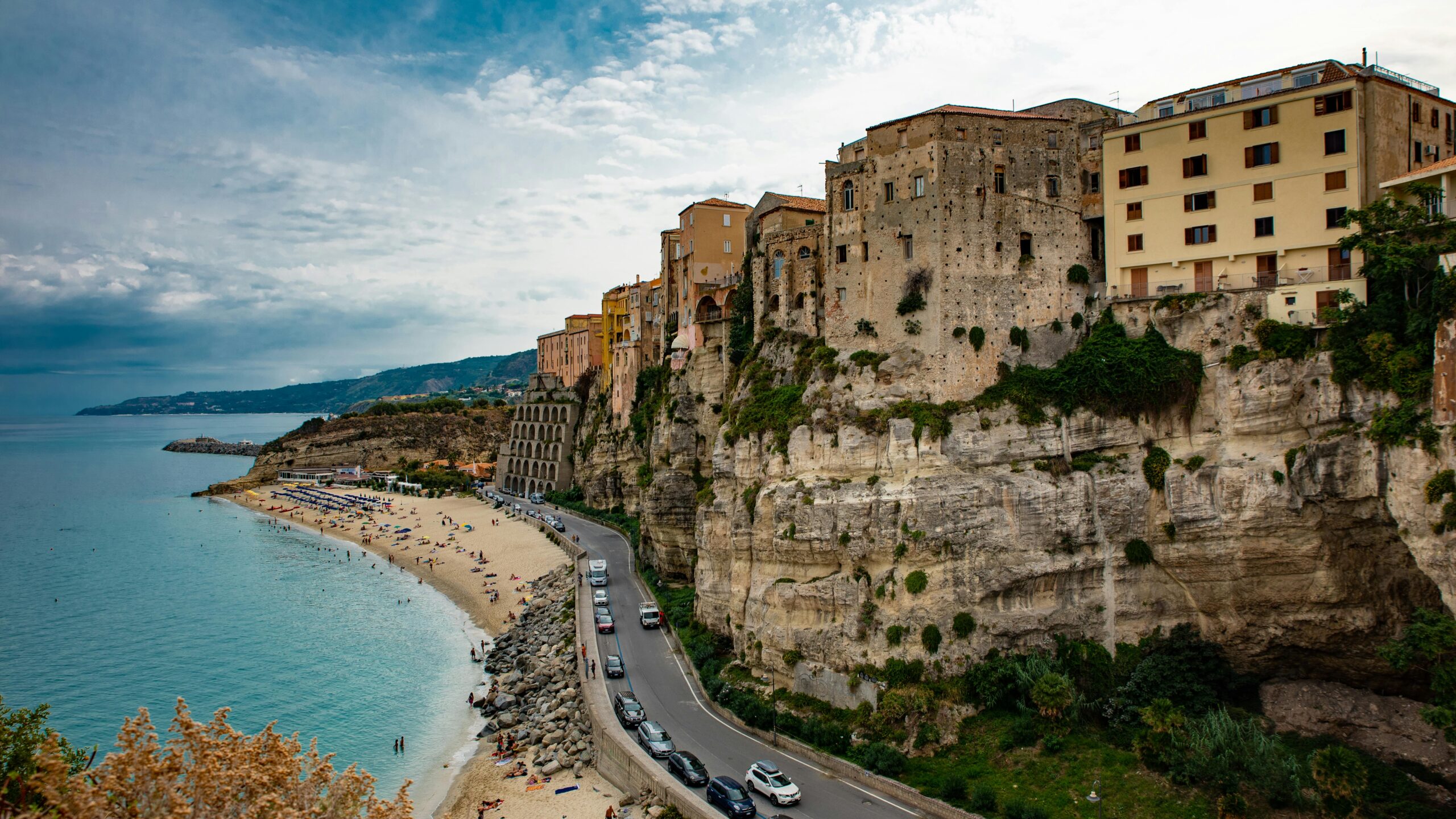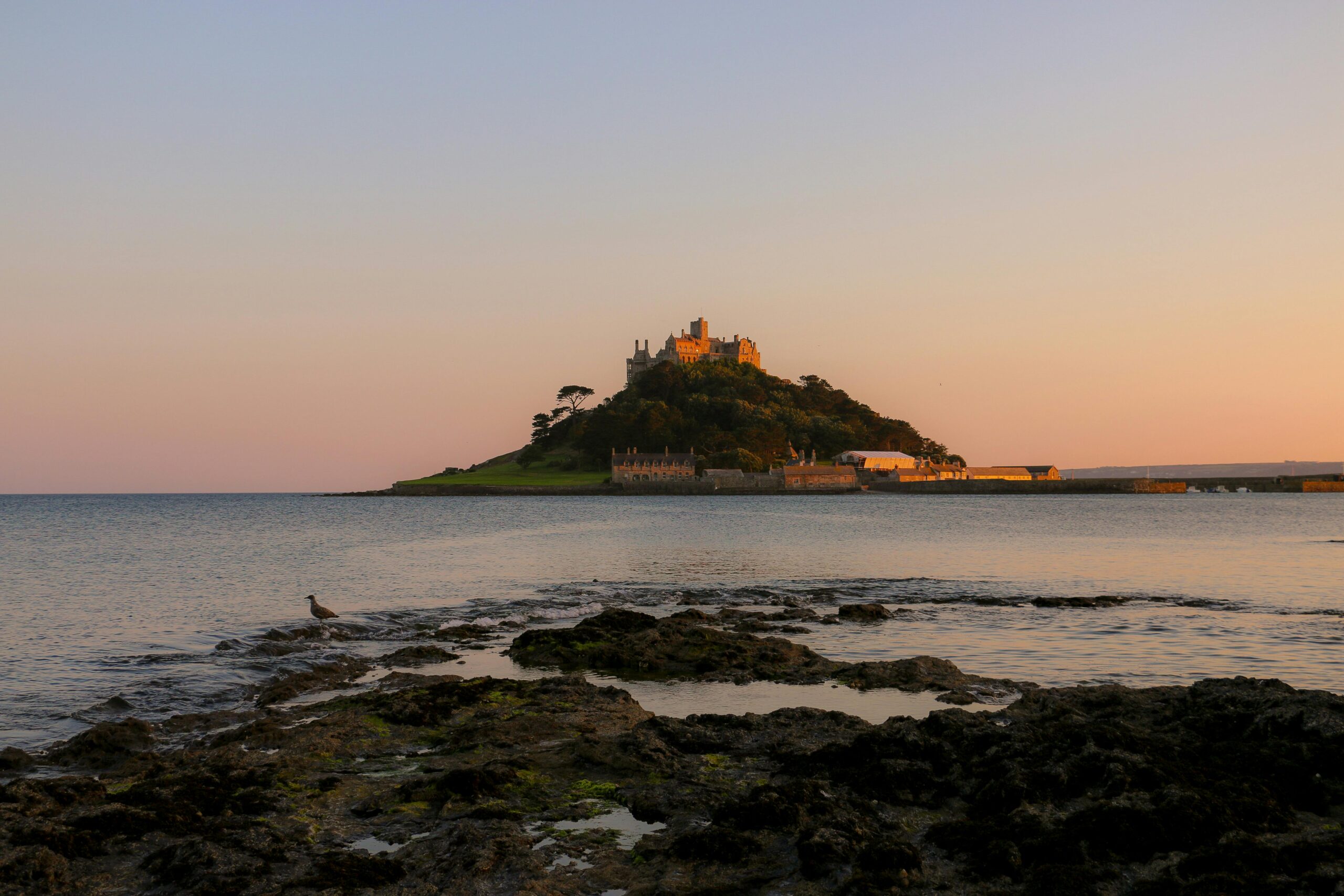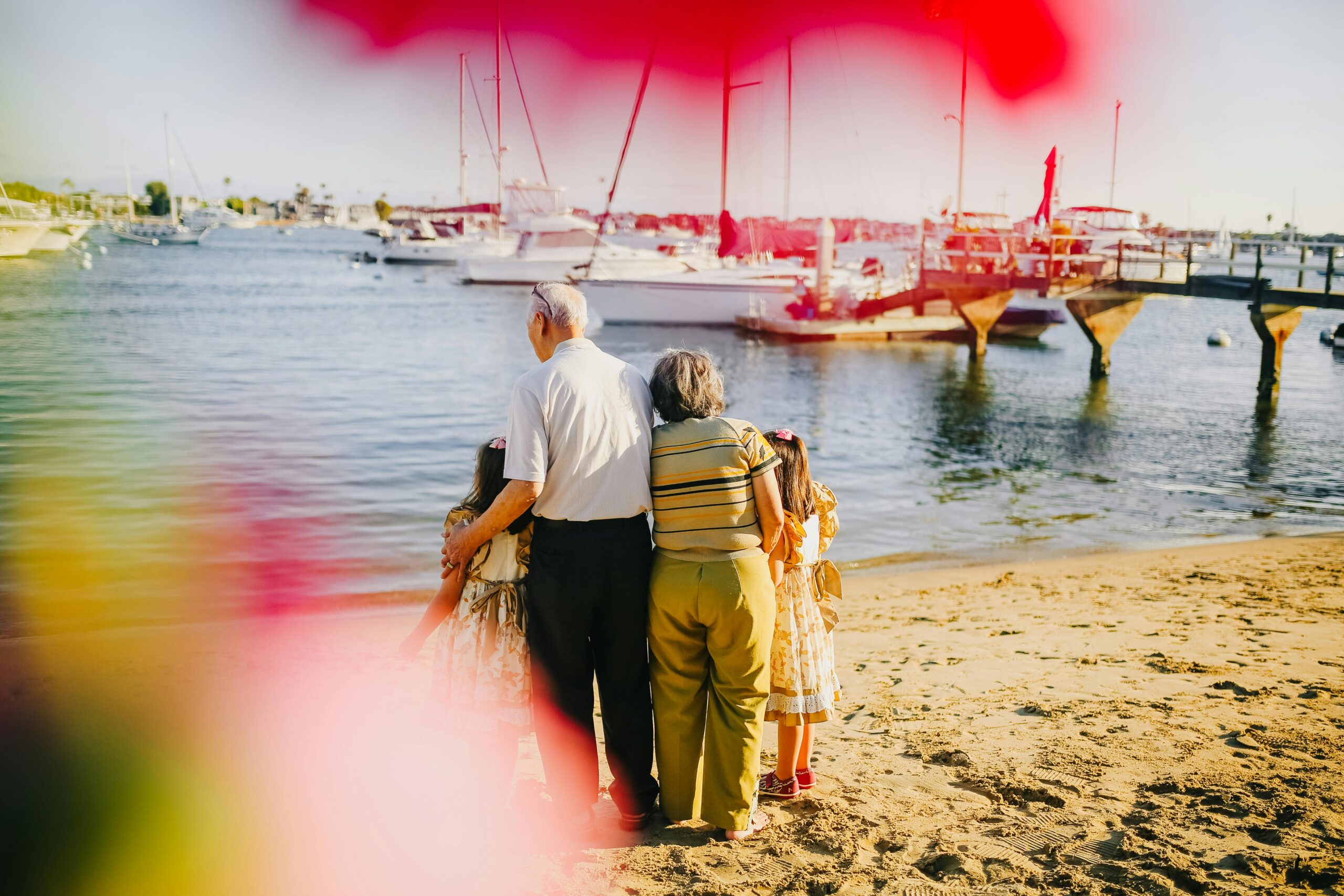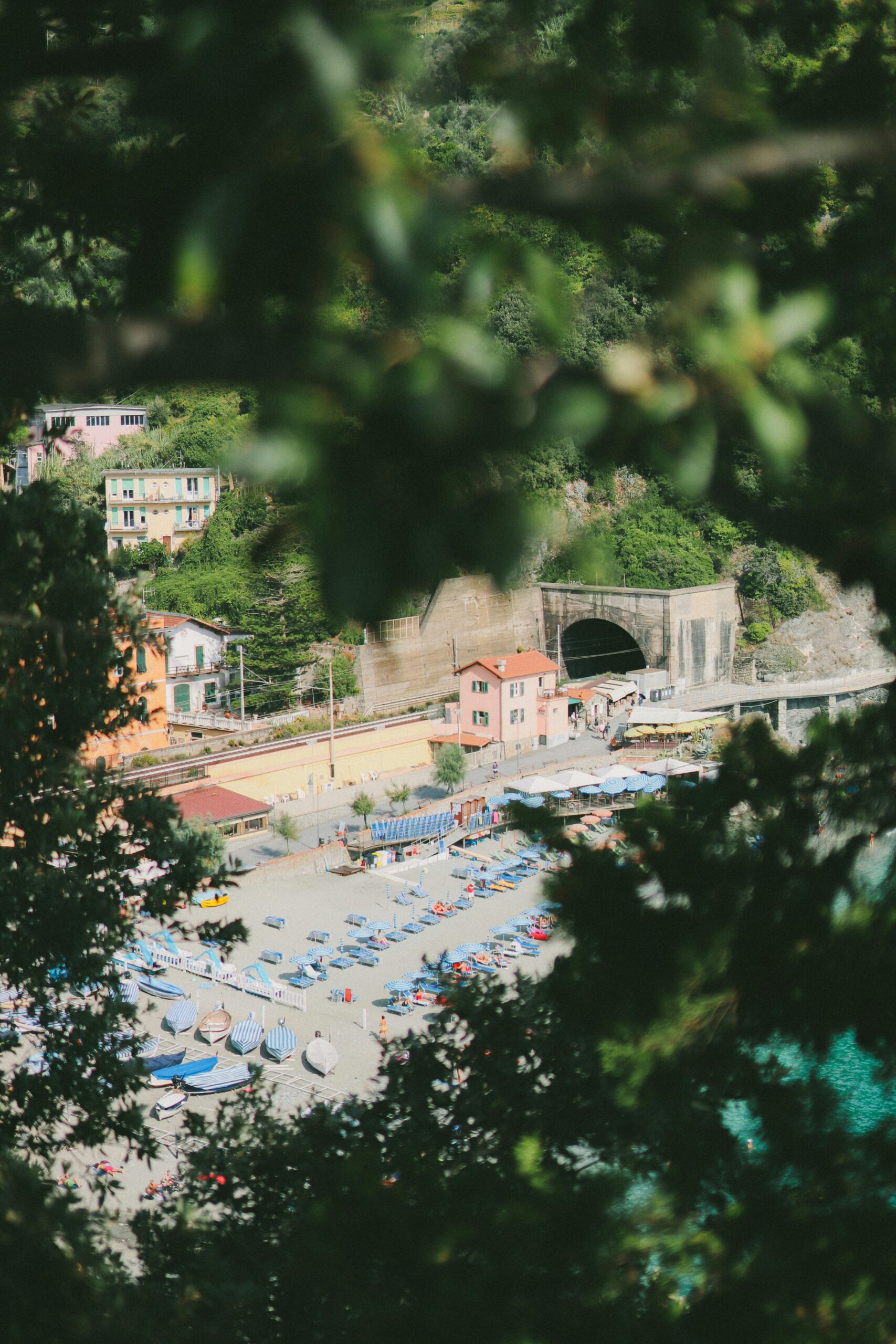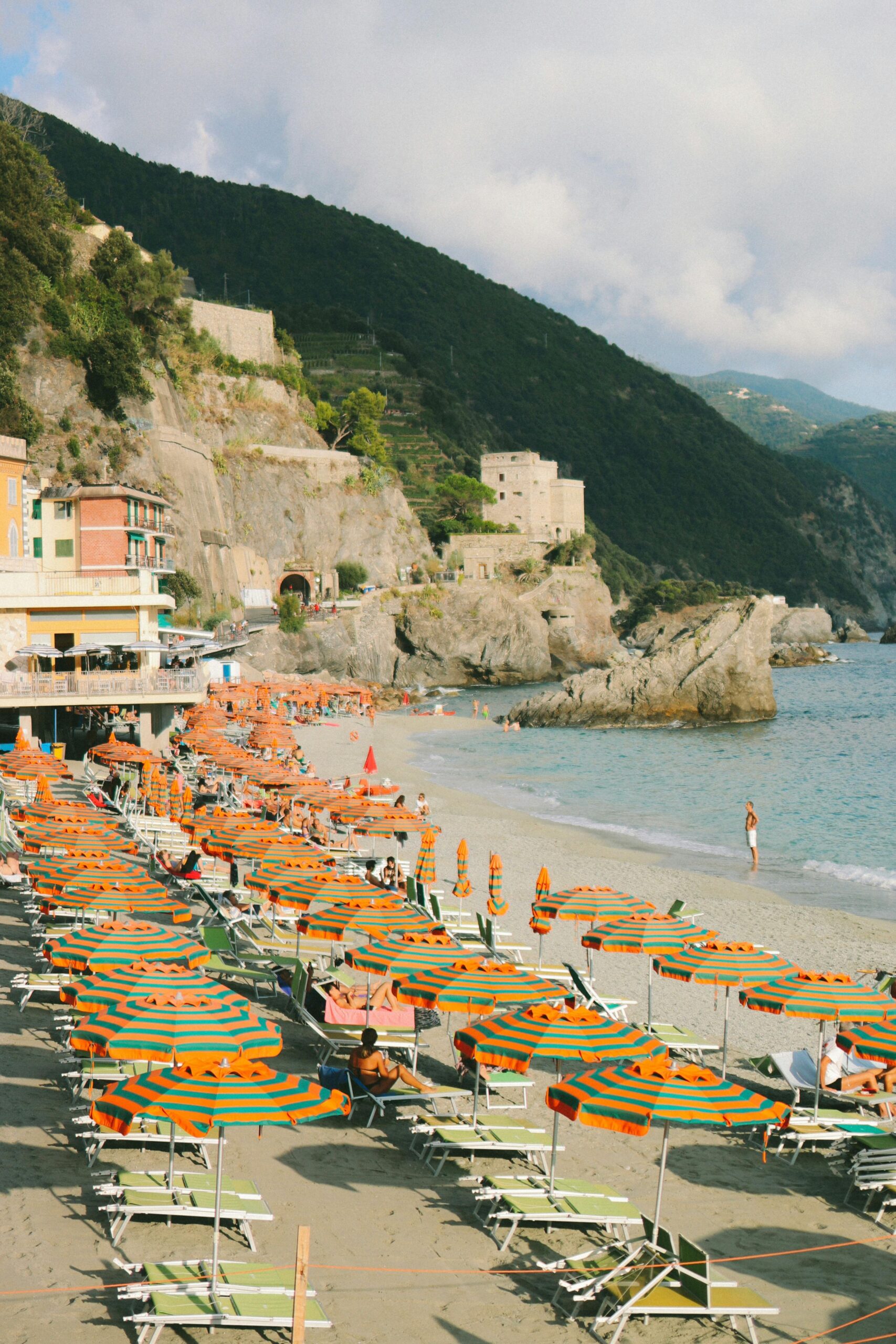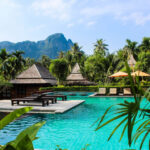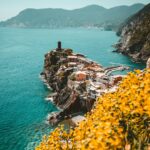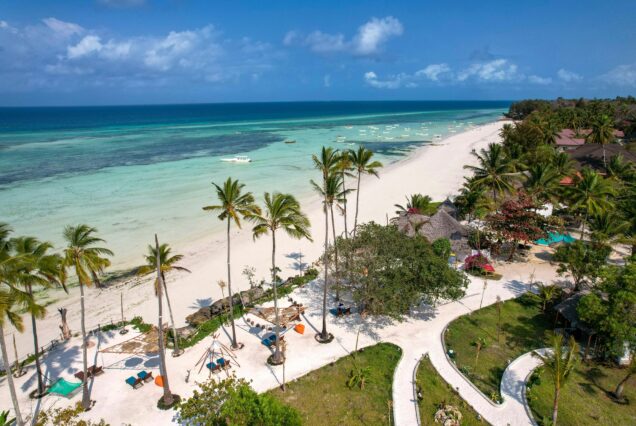Overview
Mombasa is Kenya's second-largest city and a major economic and cultural hub on the East African coast. Known for its rich history, diverse culture, and strategic port, Mombasa offers a unique blend of African, Arab, and European influences. Here are some key aspects of Mombasa:
Historical Significance
- Ancient Trade Center: Mombasa has been an important port city for centuries, facilitating trade between Africa, the Middle East, India, and Europe. Its history is marked by the exchange of goods such as spices, gold, and ivory.
- Portuguese and Arab Influence: The city has seen various foreign influences, particularly from the Portuguese and Arabs. The Portuguese built Fort Jesus in the late 16th century to protect their trade route to India. The fort is now a UNESCO World Heritage site and a symbol of Mombasa's historical significance.
- British Colonial Era: Mombasa served as the capital of the British East Africa Protectorate from 1887 until Nairobi took over in 1907. The colonial period left a lasting impact on the city's architecture, infrastructure, and administration.
Tourist Attractions
- Fort Jesus: This fort is a major landmark and museum, offering insights into Mombasa’s history and the battles between the Portuguese and the Omani Arabs.
- Old Town: Characterized by narrow streets, Swahili architecture, and bustling markets, the Old Town reflects Mombasa’s rich cultural heritage. It’s a great place to explore traditional Swahili culture and buy local crafts.
- Mombasa Marine National Park: This park is renowned for its coral reefs, marine life, and clear waters, making it a popular spot for snorkeling, diving, and glass-bottom boat rides.
- Haller Park: A former limestone quarry turned ecological haven, Haller Park is home to a variety of wildlife, including giraffes, hippos, and giant tortoises.
- Beaches: Mombasa is famous for its beautiful beaches such as Nyali Beach, Bamburi Beach, and Diani Beach. These beaches offer a range of activities including water sports, sunbathing, and beach resorts.
Cultural Diversity
- Multicultural Society: Mombasa's population is a blend of ethnicities, including Swahili, Arab, Indian, and European communities. This diversity is reflected in the city's cultural festivals, cuisine, and religious practices.
- Cuisine: Mombasa’s food is a flavorful mix of African, Arab, and Indian influences. Popular dishes include biryani, pilau, samosas, and seafood prepared with local spices.
- Religious Sites: The city is home to a variety of religious sites, including mosques, temples, and churches. Notable sites include the Mandhry Mosque, Jain Temple, and the Holy Ghost Cathedral.
Conclusion
Mombasa is a vibrant and historically rich city that plays a pivotal role in Kenya’s economy and cultural landscape. Its diverse heritage, strategic port, and beautiful coastal attractions make it a unique destination and a key player in East African trade and tourism. Whether exploring its historical sites, enjoying its beaches, or experiencing its cultural diversity, Mombasa offers something for everyone.

